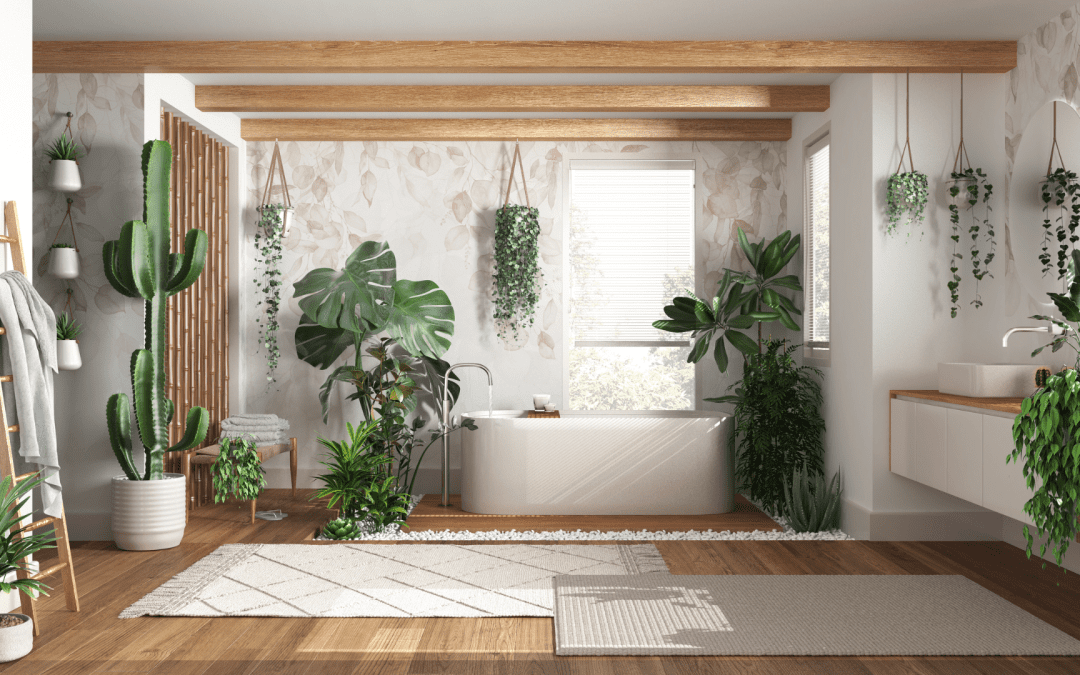Embracing Nature: The Transformative Power of Biophilic Design in Architecture
What is Biophilic design?
In an era dominated by concrete jungles and glass facades, the yearning for a connection with nature has become more pronounced than ever. Biophilic design, a concept rooted in the innate human affinity for the natural world, has emerged as a transformative force within architecture. This design philosophy seeks to integrate elements of nature into the built environment, promoting well-being, productivity, and a sustainable future. In this blog post, we will explore the principles of biophilic design and its profound impact on architectural spaces.
Understanding Biophilic Design
Biophilic design stems from the biophilia hypothesis, which posits that humans possess an instinctive bond with nature. The term was first coined by Edward O. Wilson in his book “Biophilia,” where he explored the biological and psychological connection between humans and the natural world. Biophilic design in architecture harnesses this connection by incorporating natural elements, patterns, and processes into the built environment.
Key Principles of Biophilic Design
Natural Light and Ventilation:
Integrating ample natural light and ventilation is a fundamental aspect of biophilic design. Large windows, skylights, and open spaces allow for a seamless interaction with the changing patterns of sunlight and fresh air. This not only enhances the visual appeal of a space but also contributes to energy efficiency.
Natural Materials:
The use of natural materials like wood, stone, and plant-based fibres fosters a tactile and visually pleasing environment. These materials not only evoke a sense of warmth and authenticity but also contribute to the overall sustainability of the structure.
Greenery and Living Walls:
Incorporating greenery within architectural spaces, such as indoor plants and living walls, brings a literal touch of nature indoors. Beyond aesthetics, plants contribute to improved air quality, reduced stress, and increased productivity.
Biomorphic Forms and Patterns:
Mimicking natural shapes and patterns, known as biomorphic design, can be found in architectural elements. Curved lines, organic shapes, and fractal patterns appeal to our innate sense of order found in the natural world.
Water Features:
The inclusion of water features, such as fountains or ponds, adds a dynamic and soothing element to architectural spaces. The sound of flowing water and the reflective properties of water surfaces create a tranquil atmosphere.
Benefits of Biophilic Design
Enhanced Well-being:
Numerous studies have shown that exposure to nature and natural elements within built environments leads to reduced stress, improved mood, and increased overall well-being. Biophilic design promotes mental and physical health by creating spaces that resonate with our inherent connection to nature.
Increased Productivity:
Workspaces incorporating biophilic design principles have been linked to higher levels of productivity and creativity. Employees in environments with natural light and green elements report lower levels of fatigue and higher job satisfaction, leading to increased efficiency.
Sustainability:
Biophilic design aligns seamlessly with sustainable practices. By utilizing natural materials, optimising energy efficiency, and promoting eco-friendly construction methods, architects can contribute to a more sustainable future.
Conclusion
Biophilic design is not just a passing trend; it is a holistic approach to architecture that responds to the essential human need for a connection to nature. As architects continue to embrace these principles, we can anticipate a shift towards more sustainable, health-conscious, and aesthetically pleasing built environments. The marriage of form and function with the natural world not only enhances the beauty of our surroundings but also creates spaces that nurture and inspire the human spirit. In the relentless pursuit of progress, biophilic design serves as a reminder that, at our core, we are intrinsically linked to the Earth and must design spaces that honour and celebrate this connection.
If you’re based around Cheltenham, Gloucester, or surrounding areas we at PSK would love the opportunity to help you with your building project. Get in contact today.

